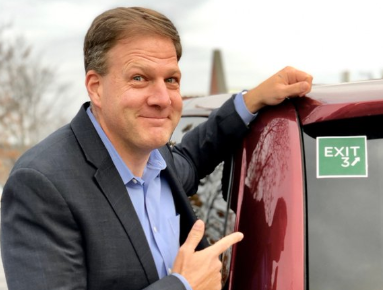JeffDowntown
Senior Member
- Joined
- May 28, 2007
- Messages
- 4,799
- Reaction score
- 3,667
It is also federal law (33 U.S. Code § 499. Regulations for drawbridges) that the water based traffic has the right-of-way. Basically boats were plying navigable waters before cars were on roads, so the boat traffic was viewed as more important than land vehicles when the US code was written. (You think of the drawbridge as an impediment to your car trip, but the US Code views the road over the navigable water as an impediment to important marine traffic; perhaps archaic, but you need to get the law changed to fix it.)
The Coast Guard is allowed to make accommodations in schedule to try to minimize the disruption of the land traffic, but the water based traffic always wins the argument.
The Coast Guard is allowed to make accommodations in schedule to try to minimize the disruption of the land traffic, but the water based traffic always wins the argument.

